General Rules
“General Regulations”
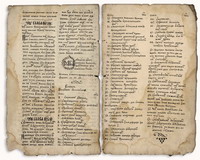 One of the strangest documents and, possibly, one of the most unusual, is the manuscript “General Regulations”, dated approximately in the 18th century.
One of the strangest documents and, possibly, one of the most unusual, is the manuscript “General Regulations”, dated approximately in the 18th century.
The General Regulations were confirmed by Peter Ist in February, 1720 and, having been written in the prevailing language, represents in and of itself, as the first instructions for secretarial correspondence of the Russian empire. In the Regulations, detailed down to the smallest minutiae, are all inquiries pertaining to the chancellery activities of Peter's epoch, including writing table devices (it was required that all drawers had locks) and the seating arrangements of the secretaries (two at one table).
The historical meaning of this document doesn't only trigger curiosity. Our copy was rewritten in half-ustav from the published edition by an unknown person. Possibly, it was a chancellery service worker, referred to as “from plank to plank” who conscientiously rewrote this circular. The barely noticeable, faded inscription on the cover is evidence that the document was possessed by some secretarial supervisor of the S...skoho district.
Insofar that districts as administrative entities appeared in the Russian empire from 1755, it can be assumed that our rarity is more than 250 years old. Not ruled out is that the inscription on the cover could have been made at a much later date than the creation of the actual document.
1. Klepikov, S. A. “Paper with Filigree 'City Crest of Amsterdam'”. Notes from the Manuscript Division GBL, publication #20, Moscow, 1958, pp. 315-352.
2. Klepikov, S. A. “Filigrees and Seals on paper of Russian and Foreign Production .in the XVIII-XX centuries”. Moscow, 1959, page 285, No. 1298.
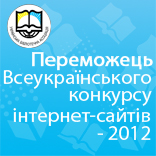
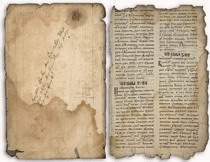
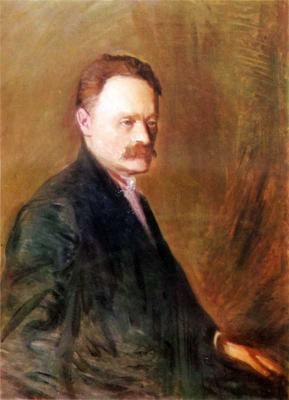
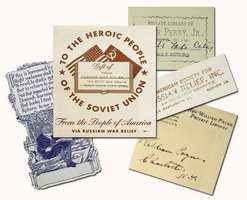

Comments
Описание этого документа очень важно с исторической точки зрения и с культурной. Наверное трудно было найти сведения о "Регламенте" за давностью времени, ведь 18 век всё-таки.
Елена, сведения о "Регламенте..." как раз имеются. Этому документу посвящена не одна научная работа. Возможно, это мое упущение и все-таки нужно было больше рассказать о нем, об истории его создания. А создавался он долго, претерпел аж целых 12 редакций. Печатное издание, насколько мне известно, имеется в Карельском архиве. Но меня интересовала конкретно наша рукописная копия, кому она могла принадлежать. Поэтому, основной акцент сделан на внешнем описании именно нашего документа. Возможно, в дальнейшем я все-таки несколько дополню эту статью.
Ольга Сак.
Відділ рідкісних і цінних видань.